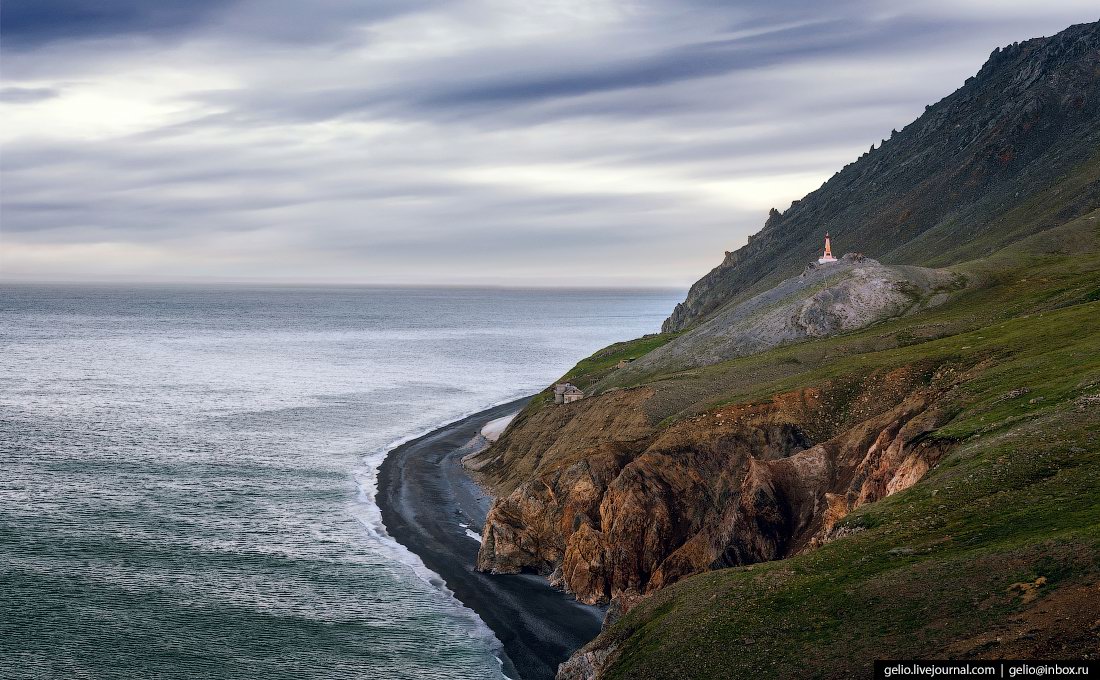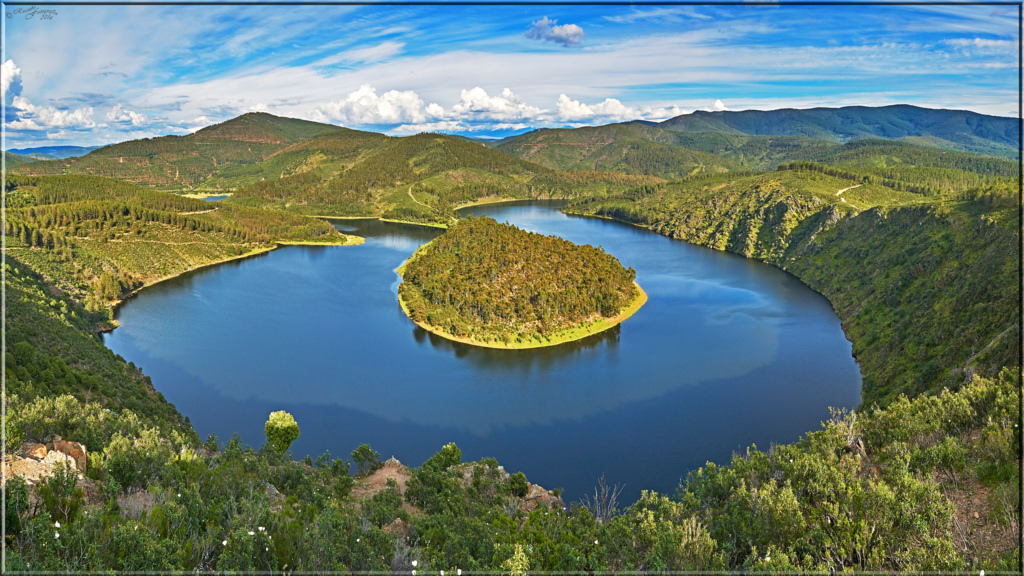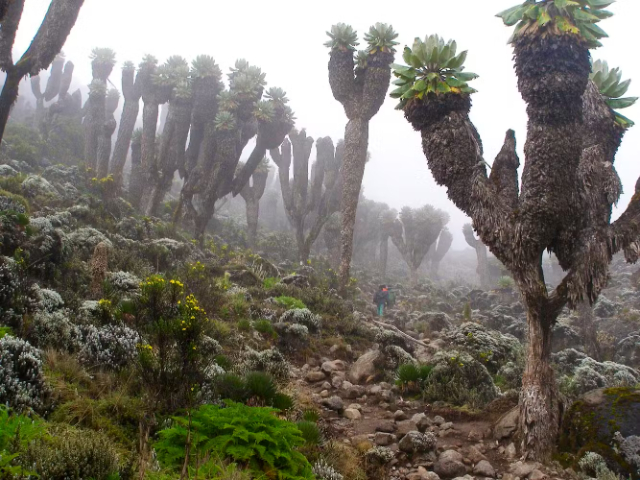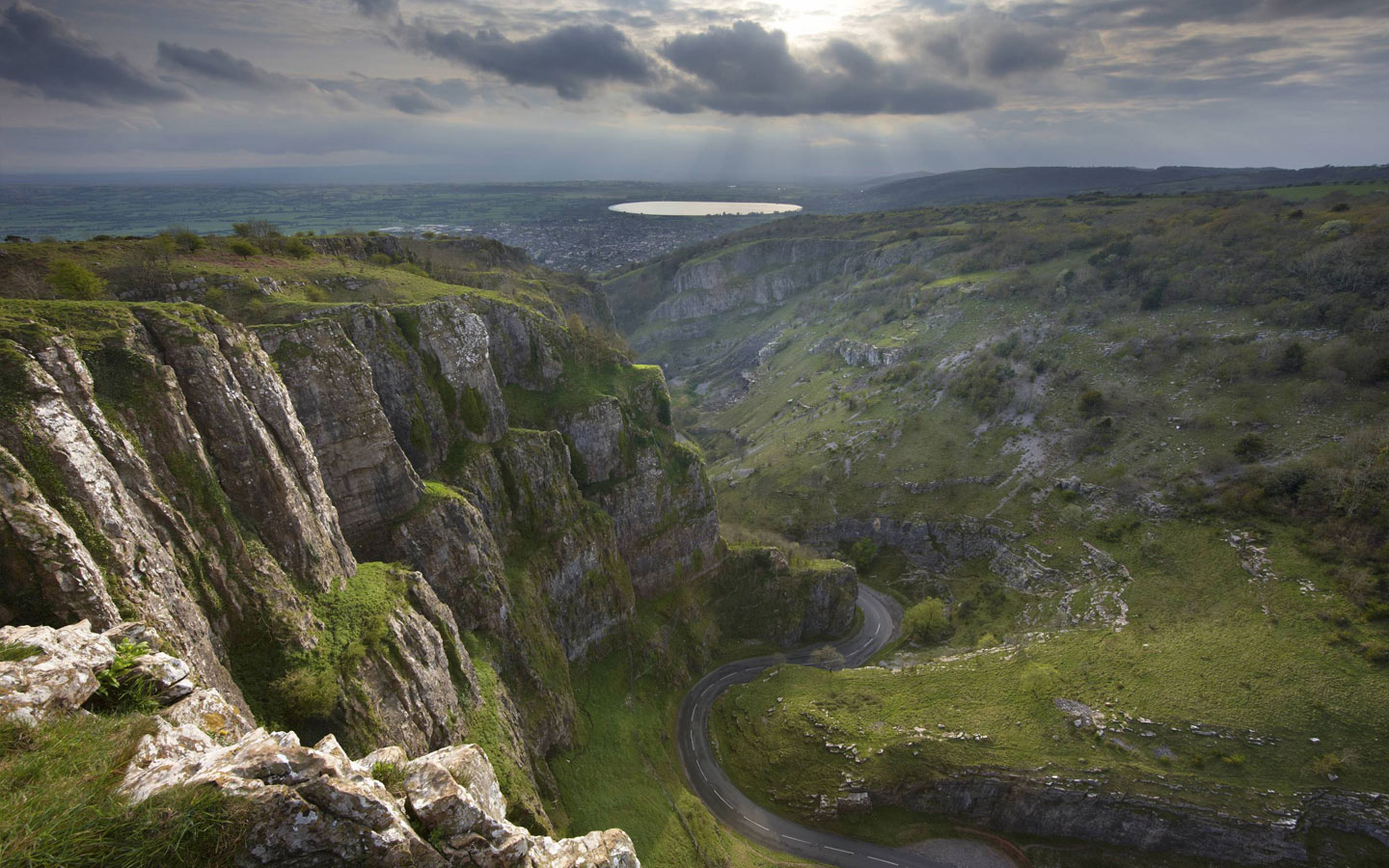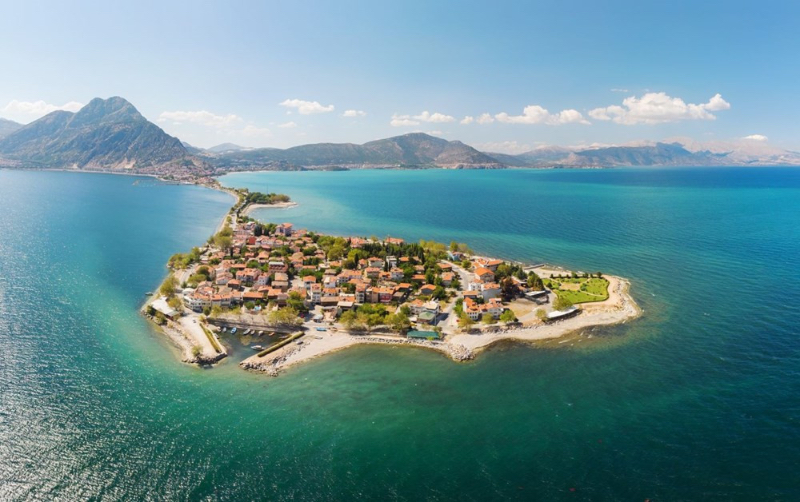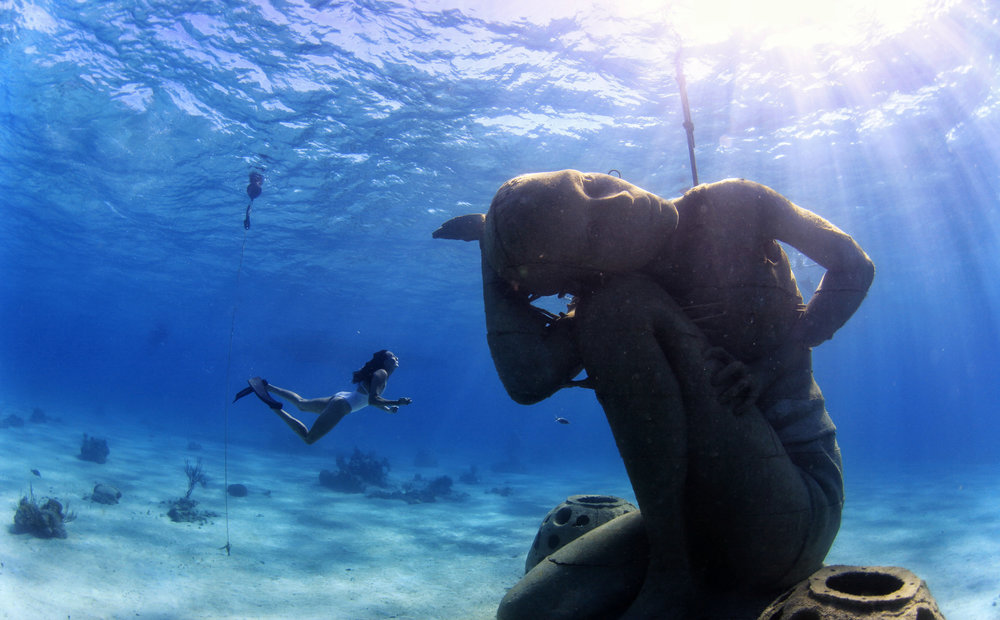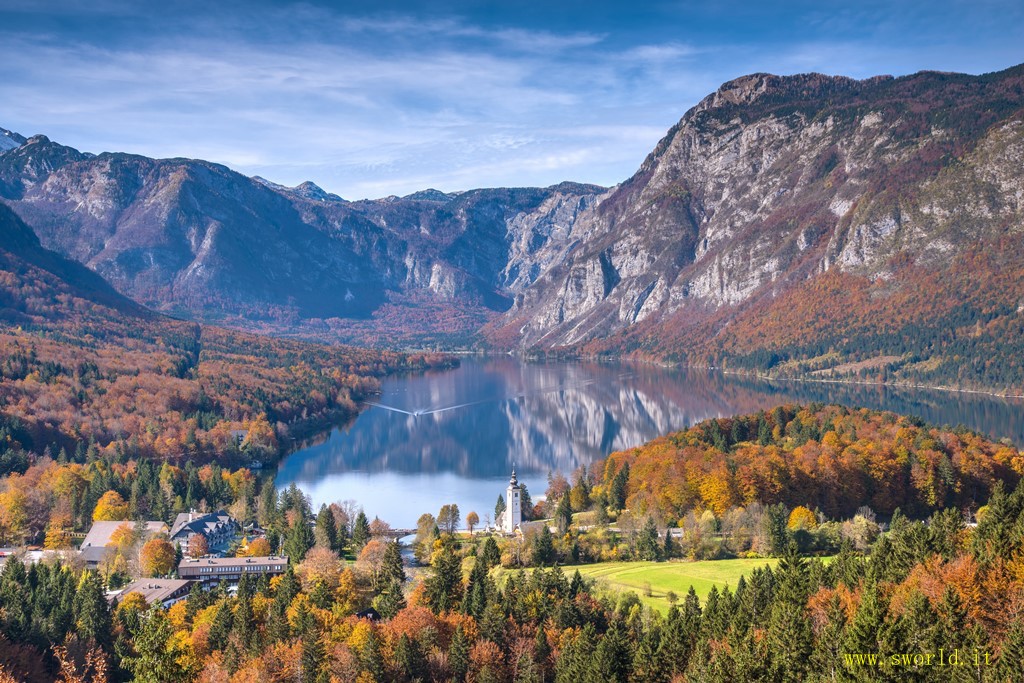Cape Dezhnev is the extreme eastern point of the Chukotka Peninsula, mainland Russia and all of Eurasia.
It is an isolated flat-topped mountain range up to 740 m high, which drops abruptly to the sea and is located in the Bering Strait, which connects the Arctic Ocean (Chukchi Sea) with the Pacific Ocean (Bering Sea).
It’s had a lot of nicknames: Big Stone Nose, Chukotka Nose, Neobkhodimy Nos (Russian for ‘nose you can’t go around’), and the British explorer James Cook called it East Cape. In 1898, the cape received its current name in honour of the Cossack ataman and explorer, Semyon Dezhnev.
Dezhnev was a navigator and fur merchant who discovered a number of territories in the Northern and Eastern Siberia. He sailed through the Arctic Ocean along the north coast of Chukotka and was the first known traveller to cross the Bering Strait. In 1649, Dezhnev went 600 km up the Anadyr river where he organised a wintering place—the first Russian settlement on the Chukotka Peninsula called Anadyrsk. Markovo, a famous indigenous settlement, is now situated nearby.
Cape Dezhnev is a unique location with its own special charm.
It’s an isolated mountain group with a flat top and steep cliffs.
